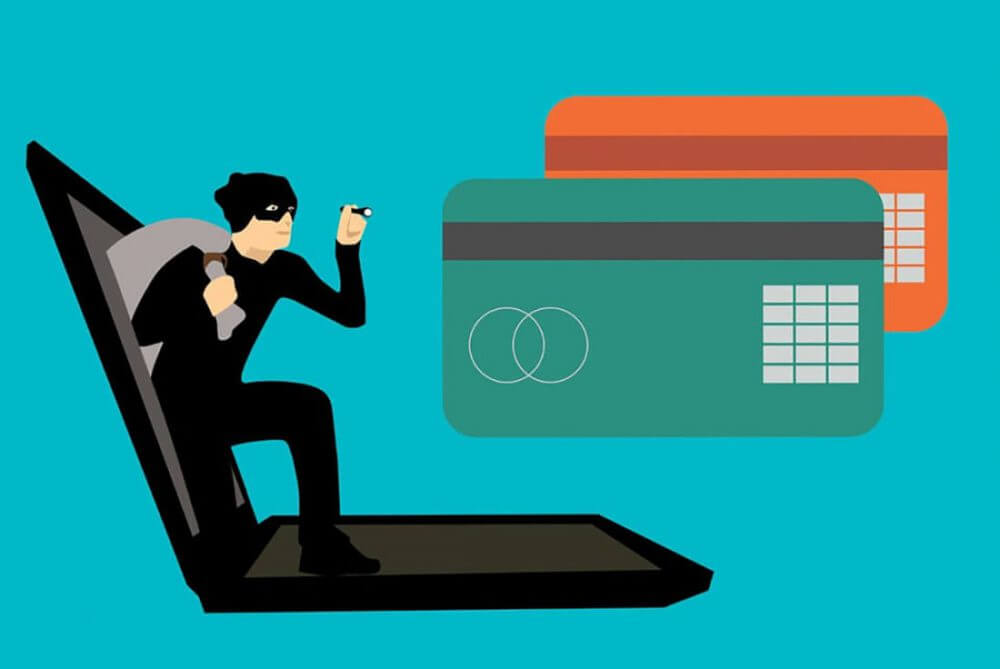With the number of payments via credit cards growing by the minute, merchants should acquaint themselves with the potential risks associated with accepting such payment methods. One of those risks stems from the card not present transaction (CNP). Though completely legitimate by itself, it can land you in financial trouble if misused. Stay with us to learn the basics of CNP and improve and protect your business.
What’s the Card Not Present Transaction (CNP) and How It’s Different From Card Present (CP) Transactions?
Even though it may seem obvious at first, the distinction between these two categories is a bit more complicated and subtle. To put it in simple terms, CNPs are transactions in which the card’s electronic data isn’t captured when the sales occurred. note that it is possible for payment to fall under the CNP bracket even if the customer handed his credit card to the merchant.
For a transaction to be card-present (CP), the card has to be swiped, dipped, or tapped. Examples of CPs are traditional payment methods, such as credit card machines, contactless terminals, or POS systems. The card not present is mostly applied in online shopping, electronic invoicing, and on occasions when the card’s details are manually entered or keyed in, even if the customer physically brings the piece of plastic.
Why CNP Transactions Cost More?
CNPs are generally more expensive than CPs in terms of basic processing fees because they carry bigger risk and the various interchange costs are generally higher. All credit card transactions are vulnerable (that is why the merchant account exists in the first place), but some payment options are riskier than others. There is also a difference in cost between different kinds of CNPs. For example, online payments are usually cheaper than keyed-in ones because online stores have some forms of security measures in place, like asking the customer for an address and CVV number.

Types of Fraud in Transactions and How Much They Cost Merchants
There are two main types of fraud associated with CNPs – credit card fraud and chargeback fraud. The former is the situation in which stolen cards are used to buy stuff without authorization from the cardholder. The cardholder whose data has been stolen in that way can end up in financial ruin. The bad thing for the merchants who accept such payments is that they are liable for chargeback claims.
Chargeback fraud occurs when the customer pays for and receives services or goods from the merchant before contacting the bank and claiming that the payment was problematic. The frequency of its occurrence is rising, and it can cost the merchant lots of money because the merchant is liable until he can prove that the client’s claims are false.
Card Not Present Transaction – Are There Solutions to Prevent Fraud?
Unfortunately, there is no magic wand to make the dangers to your business and merchant account go away. The best you can do is try to make payments with cards as secure as possible. Ask for the personal information of the customer before the transaction is made, for example.
Also, keep eventual correspondence with the cardholder, and always have some form of proof that you sent goods the customer paid for. Besides, using the EMV capable readers will put liability on either the bank or the processing company.

How to Mitigate the Risk If You’re Accepting CNPs?
While it’s not possible to entirely remove the risk of credit card fraud, it can be mitigated in a couple of ways, so make sure to learn about all the best practices. Your first line of defense for your merchant’s account is full compliance with PCI standards. That is mostly guaranteed if you’re using reliable processing services.
If your business partly or entirely depends on online sales, you have the possibility to make CNPs more secure, too. Make sure to ask for all the relevant data of the customer, such as his name, address, ZIP code, phone number, and e-mail. Require that the cardholder enter the CVV number, but also install an additional layer of security that 3-D Secure presents. That way, your prospective customer will have to enter a PIN code or a password on a page hosted by the bank that issued the card.
Another useful step might be to put your business’ policies on order cancellation and refund in the open on your website so that they can be easily found and read. That info should also be put into the electronic receipts or invoices. Your shipping policies should also be clearly visible and easily understood. You should always ship goods in such a way that it provides you with the tracking number for the shipment. That should be done for your sake as much as that of your client. With a tracking number, you both know where the shipment is at any given moment.
Related to that is the option of delivery confirmation. Let us also mention a bit of an old-fashioned method – take a photo of the goods before sending them. That might help disprove eventual complaints from your buyers who might want to defraud you.

Why Would You Accept CNPs?
After what you’ve read so far, it is only logical to wonder why you would want to allow CNP transactions for your business at all. Well, you simply have to if you run an online store. With an ever-growing market, it is almost impossible for merchants not to have CNPs. Knowing that retail e-commerce sales in the US came close to 150 billion dollars in the second quarter of 2019, it becomes much clearer what potential there is for a significant gain.







